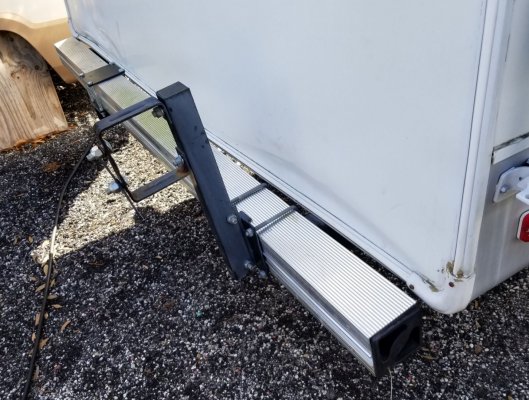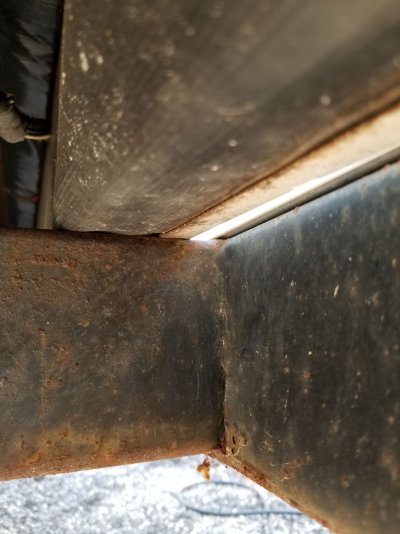WaltherDawg
Member
- Joined
- May 12, 2019
- Posts
- 9
Hello all, I am new here and have learning a lot just by ready through all these posts.
I very recently bought a 2007 Thor Jazz 2550rl. It is in pretty good shape with a few minor repairs needed. However this one I have no idea how to fix. The body is sagging in the rear, the back cover seems to be about 1/2-1" too low and is buckling over the frame extensions. I can see the I beam frame and it looks straight. My guess is the body mounts are collapsed or sagging or something.
Any ideas what it could be? How do I fix it? I do have a lot of auto maintenance experience but nothing in RV specific areas.
I very recently bought a 2007 Thor Jazz 2550rl. It is in pretty good shape with a few minor repairs needed. However this one I have no idea how to fix. The body is sagging in the rear, the back cover seems to be about 1/2-1" too low and is buckling over the frame extensions. I can see the I beam frame and it looks straight. My guess is the body mounts are collapsed or sagging or something.
Any ideas what it could be? How do I fix it? I do have a lot of auto maintenance experience but nothing in RV specific areas.


